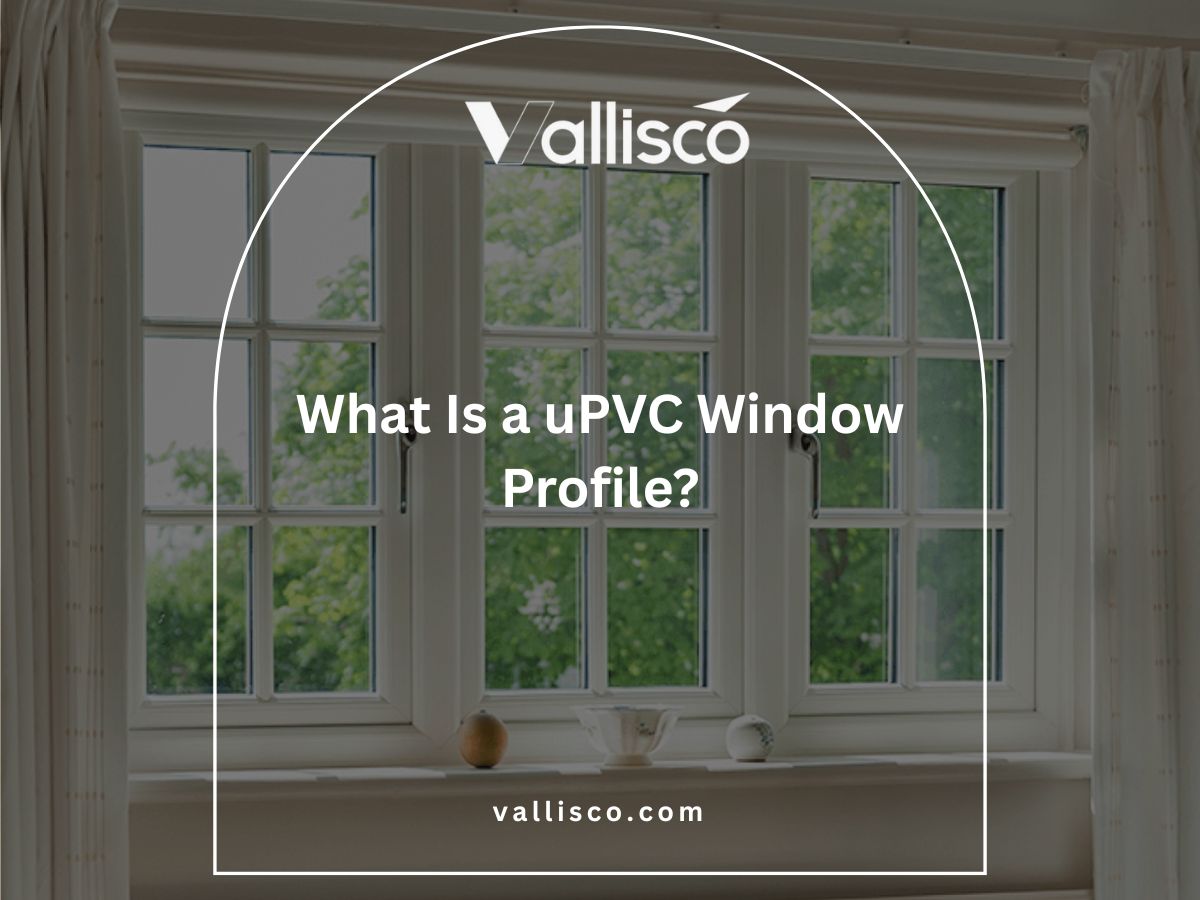One of our clients who runs a resort in Bali asked us what kind of door would last longer, solid core or solid wood. She wanted something strong but also easy to maintain.
If you’re handling a project like that, you may have the same questions.
I supply doors to villas, hotels, and B&Bs across many countries. My team knows what holds up well in real buildings, not just in showrooms.
This article gives you a clear look at how solid core doors compare to solid wood. You’ll see differences in material, cost, durability, and sound. You’ll find what fits your property best.
You’re here because you need real answers, not guesses.
So let’s get started!
Quick Comparison Chart
If you’re short on time and need a simple side-by-side view, this table shows the key differences between solid core and solid wood doors. I put this together based on the questions I get most from project managers, builders, and property owners.
| Feature | Solid Core Door | Solid Wood Door |
| Appearance and Aesthetics | Clean, uniform look with a wood-like surface. | Natural wood grain with rich texture and variation. |
| Soundproofing and Insulation | Blocks sound well due to dense inner core. | Also strong at sound control, depending on wood type and thickness. |
| Durability and Resistance | Stable and resistant to warping in humid areas. | Long-lasting with care but reacts to weather changes. |
| Cost and Value | Lower cost; good balance for large projects. | Higher cost; adds value and visual appeal to high-end spaces. |
| Maintenance | Easy to clean, no sealing needed. | Needs regular sealing or staining; repairable if scratched. |
| Environmental Impact & Sustainability | Often made from recycled wood fibers; lower raw wood usage. | Made from full timber; long-lasting but uses more natural resources. |
| Fire Rating and Safety | Fire-rated options widely available; easy to meet codes. | Fire-rated versions possible but may need custom build and extra cost. |
| Best For | Multi-room projects, humid climates, tighter budgets. | Premium areas, entry doors, long-term investment builds. |
If you’re still deciding what’s best for your villa, hotel, or housing project, the full guide below walks you through every detail. Take your time, review what matters most for your build.
1. What Is a Solid Core Door?
A solid core door has a center made from compressed wood fibers like MDF or particleboard. It’s then covered with a wood veneer or molded surface to give it a clean, finished look.
These doors feel heavy, block sound well, and don’t bend easily when the air is humid. If your building is in a place with heat or moisture, this type of door holds up better than hollow ones. If you want a strong feel and consistent performance, solid core could be a good fit for your project.

2. What Is a Solid Wood Door?
A solid wood door is made from real, natural wood usually one type, like oak, teak, or pine. Some are built from one solid piece, while others are made by joining several wooden parts together.
You can see the grain, feel the weight, and tell right away that it’s the real thing. I’ve worked with many clients who chose solid wood because they liked that natural look and wanted long-lasting quality.

3. Appearance and Aesthetics
When you’re choosing doors for a property, whether it’s a villa or a guesthouse, how they look matters just as much as how they work. I’ve had clients pick one type over the other simply because of the finish or feel.
Let’s break it down so you can see the difference clearly:
Appearance
- Solid Core Door: The surface is usually a veneer or molded skin that mimics wood. It looks clean and even, with fewer marks or variations.
- Solid Wood Door: Each door has its own grain pattern and texture. You’ll notice slight differences from one door to the next, which can add charm or variation to your space.
Aesthetics
- Solid Core Door: Because of the uniform surface, these doors work well in modern or minimalist interiors. If you need a clean, simple finish across many rooms, this is a practical choice.
- Solid Wood Door: Solid wood gives a warmer, more traditional feel. If your project leans toward luxury or rustic design, this can add depth and value to the overall space.
Takeaway
If you want something neat and uniform across many units, solid core may work better. If you’re going for a more natural and classic look, solid wood stands out. It really depends on what fits your property’s design.
4. Soundproofing and Insulation
If you’re managing a hotel or guesthouse, how well a door blocks sound and keeps rooms quiet can affect your guests’ comfort. I’ve heard from property owners who didn’t think about this at first, and had to replace doors later.
Here’s how both types compare in sound and insulation performance:
Soundproofing
- Solid Core Door: These doors have a dense interior, which helps reduce noise between rooms. They’re often used in hotels and office spaces for this reason.
- Solid Wood Door: Because they’re made of solid material, these doors also do well with sound control. The level of soundproofing depends on the type and thickness of the wood.
Insulation
- Solid Core Door: The engineered core handles humidity and temperature shifts better. This makes it a steady choice for rooms with air conditioning or high moisture.
- Solid Wood Door: Wood naturally reacts to temperature and moisture. In areas with big climate changes, you may notice small gaps or changes around the edges over time.
Takeaway
Both doors help block sound, but solid core gives more consistent insulation in changing weather. If your project is in a hot or humid place, solid core may offer fewer surprises over time.
5. Durability and Resistance
For hotels, villas, or B&Bs, doors get used a lot, slammed, pushed, and exposed to weather, especially in humid or coastal areas. I’ve had clients ask why some doors wear out faster than others. Often, it comes down to how the door handles daily use and the climate.
Here’s a closer look at how each type holds up over time:
Durability
- Solid Core Door: These doors are made with a compressed core and a hard surface layer, so they handle impact well. They don’t chip easily and can take years of regular use in places like guest rooms or offices.
- Solid Wood Door: Solid wood can last for decades if you maintain it. I’ve seen properties that reused solid wood doors after 10–15 years. However, dents and scratches can show more easily and may need occasional refinishing.
Resistance
- Solid Core Door: Because the inside is engineered, it doesn’t react much to humidity or temperature shifts. In tropical or damp areas, this means fewer problems like swelling or warping.
- Solid Wood Door: Wood expands and contracts with weather. In humid or wet places, this can cause the door to stick or lose shape over time unless it’s sealed properly.
Takeaway
If you’re building in a high-use or high-humidity area, solid core gives you stable performance and fewer repairs. Solid wood lasts longer, but only with good care and a stable climate. Choose based on how much use and moisture the door will face.
6. Cost and Value
Budget is always a key part of any project, especially when you’re ordering several doors for a building. I’ve helped clients compare these two options many times, some needed to cut costs, others wanted long-term value.
Here’s how solid core and solid wood doors compare in terms of price and what you get in return:
Cost
- Solid Core Door: These doors are generally less expensive than solid wood. If you need to outfit many rooms without going over budget, this type helps keep overall costs lower.
- Solid Wood Door: Solid wood doors cost more because of the material and craftsmanship involved. The price also depends on the wood species you choose, hardwoods like oak or teak are usually the most expensive.
Value
- Solid Core Door: You get a door that looks good and performs well at a mid-range cost. Many hotels and inns use them to get consistent quality across rooms without overspending.
- Solid Wood Door: With proper care, these doors can last decades and add natural appeal to the space. I’ve seen them increase the perceived value of properties, especially in higher-end villas or guesthouses.
Takeaway
If your project has a tighter budget or involves many doors, solid core is a smart and reliable choice. If long-term durability and a premium finish matter more, solid wood may be worth the higher cost. It depends on your priorities and what fits the project best.
7. Maintenance
I’ve spoken with many property owners who asked, “Which type of door is easier to take care of?” That’s a smart question, especially if you’re handling doors for multiple rooms or locations. Maintenance can affect your long-term costs and how often you’ll need repairs or replacements.
Here’s what to expect from each type when it comes to upkeep:
Solid Core Door
- Resistant to Humidity: Solid core doors don’t absorb much moisture. That means they’re less likely to swell or shrink, especially in bathrooms or humid climates.
- Simple Cleaning Needs: A wipe-down with a damp cloth is usually enough. You won’t need any special polish or oils.
- Surface Can Get Damaged: The outer layer can chip or peel if hit hard. If that happens, it’s not easy to repair, some clients choose to replace the door instead.
- Doesn’t Need Regular Sealing: You don’t have to apply any protective coatings or finishes. This makes it easier for your maintenance team to manage.
- Stays Stable Over Time: As long as it’s not exposed to water directly, a solid core door keeps its shape and surface for many years.
Solid Wood Door
- Needs Regular Sealing or Finishing: To protect it from moisture and sunlight, solid wood needs sealing or staining every few years. Skipping this step can lead to warping or surface cracks.
- More Prone to Scratches and Dents: The surface can get marked by bags, carts, or luggage. The good news is, you can sand and refinish it to bring back its look.
- Sensitive to Weather Changes: Wood can expand and shrink with heat and moisture. If your location has big temperature swings, the door might need adjustment over time.
- Takes More Time to Clean: You’ll need to use wood-safe cleaners. Some clients also apply wood oil or polish to keep the surface looking fresh.
- Can Last a Long Time with Care: With regular upkeep, a solid wood door can outlast other types. Some buildings keep them in use for 20 years or more.
Takeaway
If you want something that’s easy to care for and stable in wet or warm conditions, solid core is a good fit. If your team can manage regular maintenance and you’re aiming for long-term value, solid wood can give you great results. Think about your staff’s time, your climate, and how often you want to deal with upkeep.

8. Environmental Impact & Sustainability
Some of the property owners I work with care about more than just price or looks, they want to make better choices for the environment, too. If your hotel is focused on reducing waste or using more responsible materials, this section is worth a look.
Let’s go over how each door type performs in terms of environmental impact and sustainability:
Environmental Impact
- Solid Core Door: These doors are made from engineered materials, which means less use of solid lumber. That can reduce the pressure on forests, depending on how the core materials are sourced. But some solid core doors may contain adhesives or resins that aren’t always eco-friendly.
- Solid Wood Door: This type uses more raw wood, which increases demand for logging. If the wood isn’t certified or responsibly harvested, it can add to deforestation. But for some projects, the use of natural materials is preferred over man-made ones.
Sustainability
- Solid Core Door: Many solid core doors use wood scraps or by-products from other manufacturing processes. This can be a good way to reduce waste. Still, it’s important to check if the brand you choose uses low-VOC or formaldehyde-free materials.
- Solid Wood Door: With good maintenance, a solid wood door can last for decades. That reduces how often it needs to be replaced, which helps lower long-term material use. Look for wood certified by groups like FSC to make sure it’s responsibly sourced.
Takeaway
If your project leans toward reducing waste and using engineered materials wisely, solid core may check more boxes, especially when made with recycled content. If you value natural materials and are willing to invest in long-term use, solid wood can also be a strong choice. The best option depends on your project’s values and how you source the doors.
9. Fire Rating and Safety
Fire safety is a key part of any building project, especially for hotels, villas, and guesthouses. I’ve had clients come back asking if the doors they chose meet fire codes, and it’s a detail that’s easy to overlook.
Here’s how solid core and solid wood doors perform in terms of fire resistance and safety:
Fire Protection
- Solid Core Door: Many solid core doors are built and tested to meet fire safety standards. They can slow down the spread of fire for 20 to 60 minutes, depending on the model. Vallisco offer solid core doors with certified fire ratings that help your building stay within code.
- Solid Wood Door: Solid wood doors are thick and dense, which gives some natural fire resistance. But unless the door is officially fire-rated, it may not meet local safety rules. If your project requires certified fire doors, solid wood often needs custom specs or upgrades.
Safety Compliance
- Solid Core Door: These doors are widely used in commercial buildings because fire-rated options are easy to find and install. They also work well with standard fire-rated frames and hardware, which keeps installation simple.
- Solid Wood Door: If you want solid wood and still need fire compliance, you’ll likely need to order a custom fire-rated version. These can take longer to produce and cost more. I’ve seen this work well in high-end builds where appearance matters as much as safety.
Takeaway
If your project needs certified fire-rated doors across many units, solid core is usually the more practical choice. Solid wood can meet fire standards too, but expect more planning and higher costs. Always check local codes early, and talk with trusted suppliers like Vallisco to find the right certified option for your build.
10. How to Choose the Best Door Type for Your Project
By now, you’ve seen the main differences between solid core and solid wood doors. But choosing the right one still depends on what kind of property you’re building or upgrading.
I’ve helped hotel owners, villa managers, and construction teams go through this decision, and each case is a little different. Here are a few key areas to consider as you make your choice:
Think About the Use of Space
Start by asking what kind of rooms the doors will be used for. Guest rooms, bathrooms, kitchens, and utility spaces each have different needs.
If you’re outfitting many rooms with frequent guest turnover, solid core might make more sense. It’s stable, consistent, and offers good sound control without high cost.
But if you’re adding doors to common areas or entrances where appearance matters more, solid wood may give you the look and feel you want.
Look at Your Project Location
Climate plays a big part in how doors perform. If your building is in a tropical or coastal area, the humidity can affect natural wood over time.
Solid core handles moisture better and may stay more stable from season to season. Solid wood can still work, but you’ll need proper sealing and regular care. In dry or mild climates, you’ll have more flexibility with both types.
Set a Realistic Budget
If you’re managing a large-scale project, the price adds up fast. I’ve seen clients who spent more than expected just because they chose solid wood for every room.
Solid core doors offer a good balance between cost, durability, and appearance. They’re widely used in multi-unit housing for this reason. If you have more room in your budget and want a higher-end finish in some areas, you can always mix both door types based on room use.
Talk to a Trusted Supplier
No two projects are the same, so getting advice from someone who knows the products is helpful. I always suggest speaking with a supplier early, before placing your order.
Companies like Vallisco can guide you based on local regulations, fire ratings, and finish options. This helps you avoid delays or picking the wrong spec. Whether you’re ordering 10 doors or 100, the right supplier makes your job easier and helps you stick to your schedule.

Conclusion
Remember that question from our hotel client in Bali? She made the right call by thinking about the space, the guest experience, and long-term value. You can do the same.
We broke it all down in this guide: looks, performance, cost, and more. Everything you need is right here.
Before placing your next order, take a second look through the full article. Make sure you’re getting what your project really needs.
Contact Vallisco today to explore solid core and solid wood options for your build. They’ve helped many get it right—the next one could be you.
Check Out These Additional Resources
Need more ideas? Browse through our extended range of products and discover something new:
Still haven’t found what you’re looking for? Don’t hesitate to contact us. We’re available around the clock to assist you.







